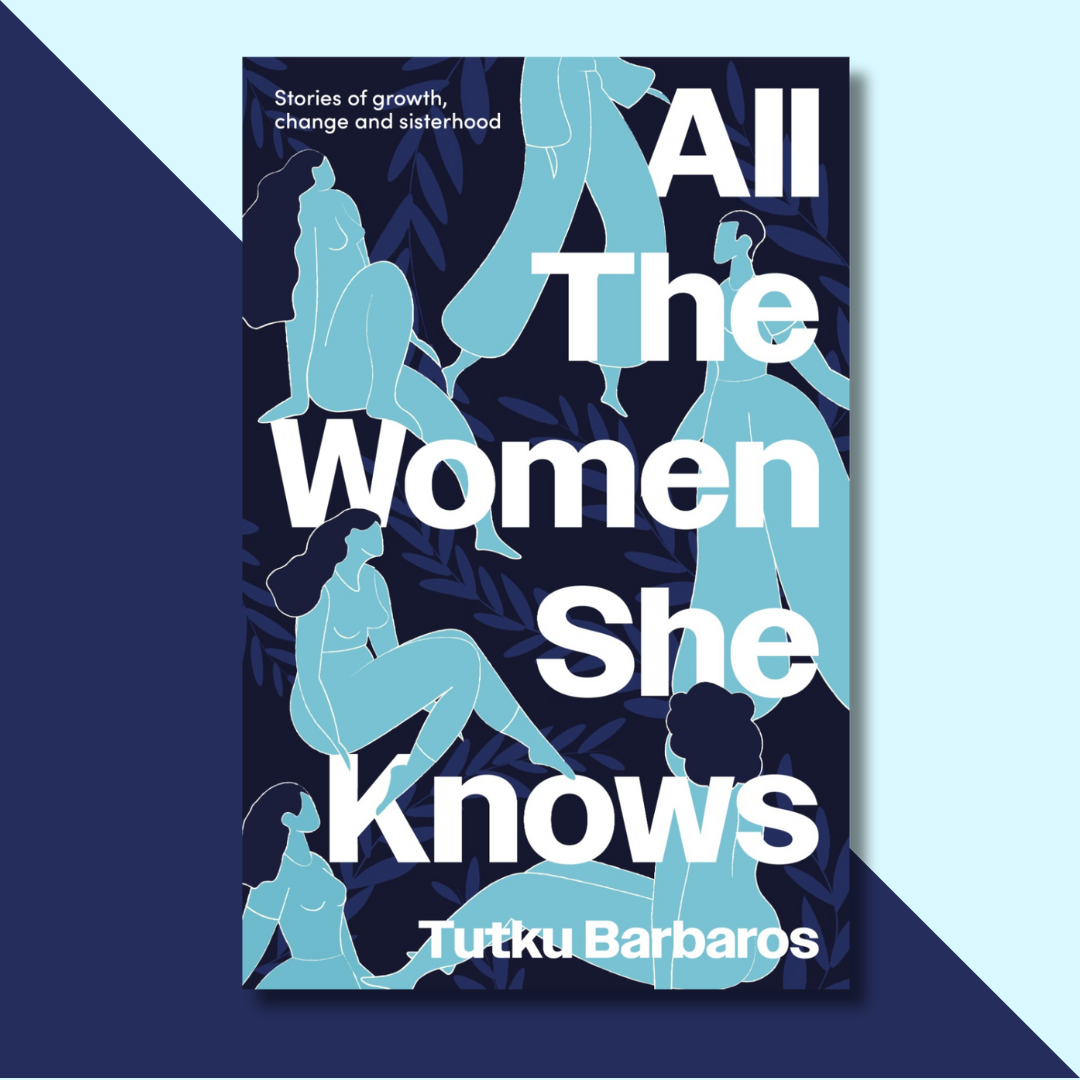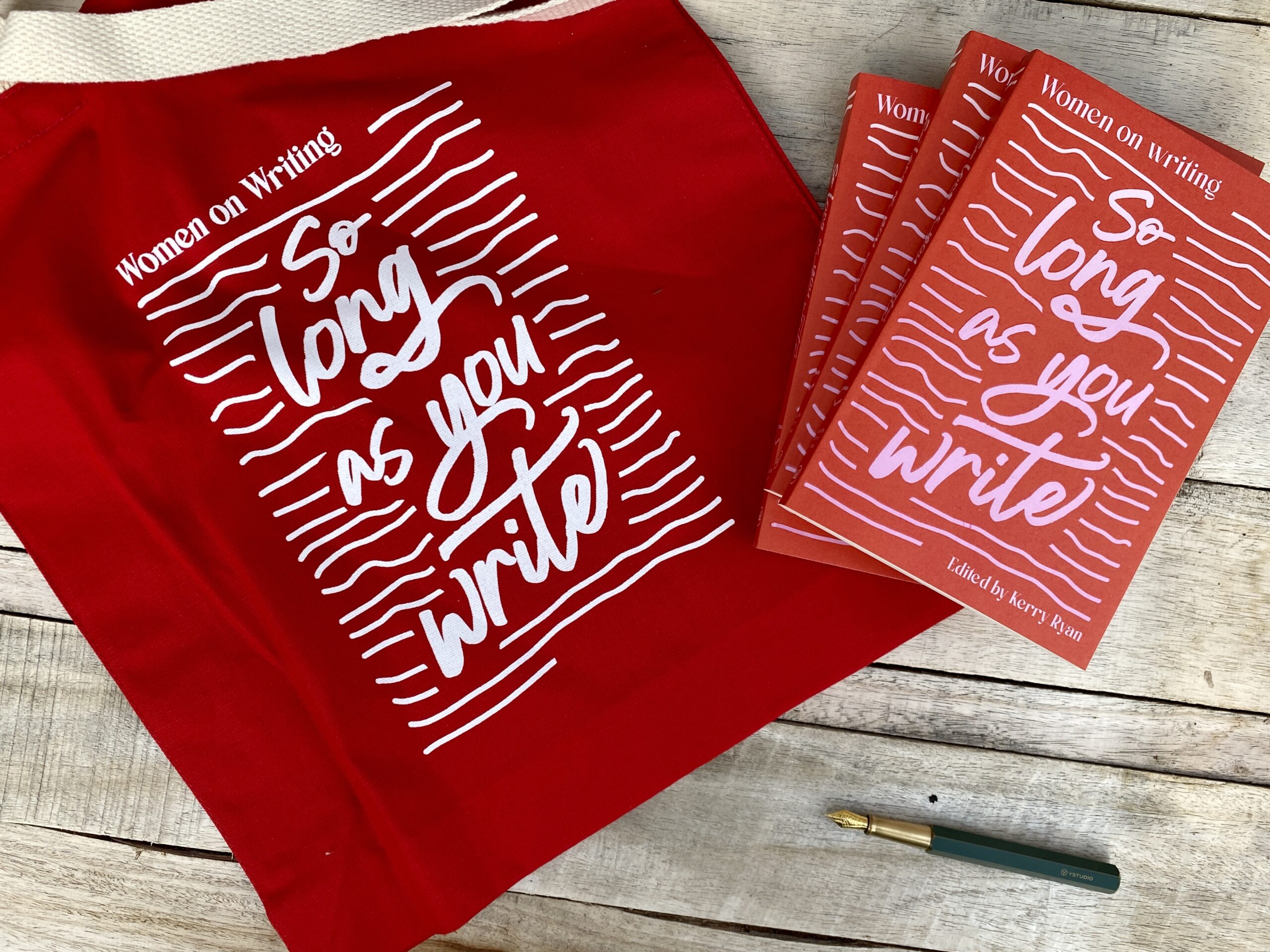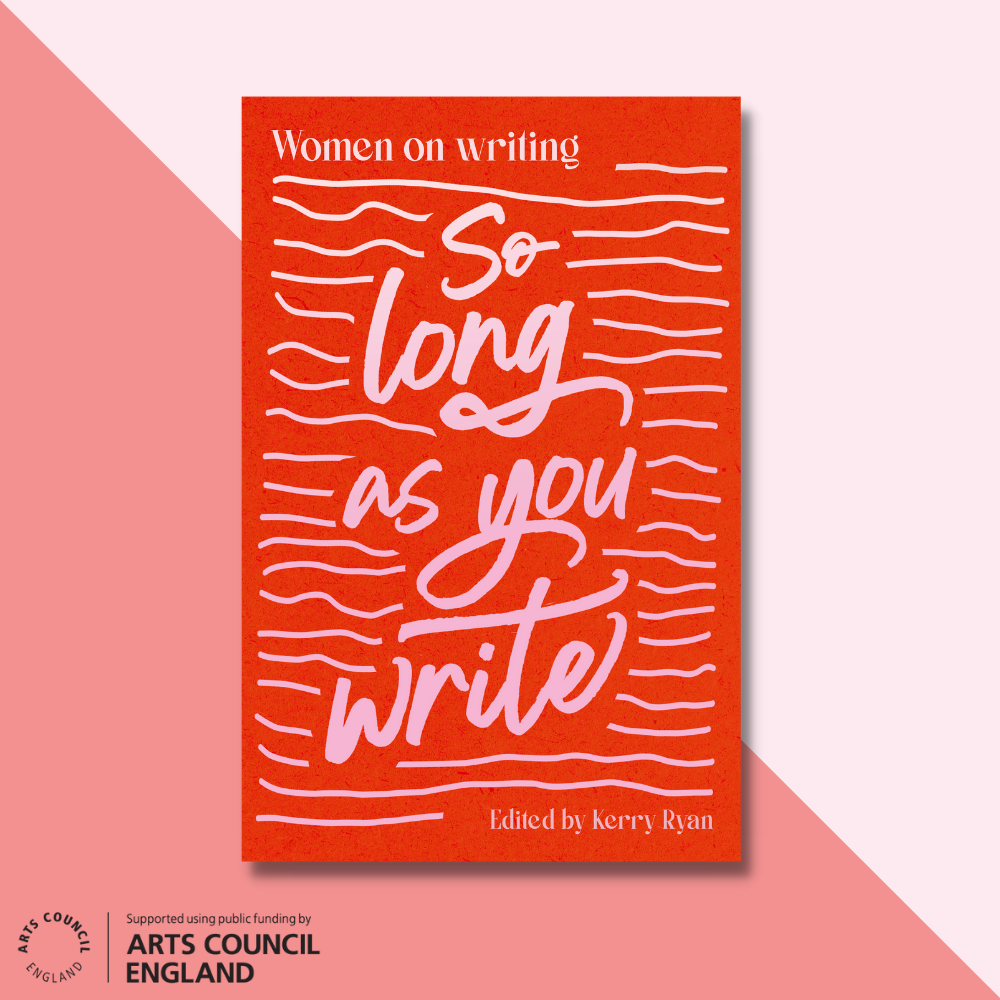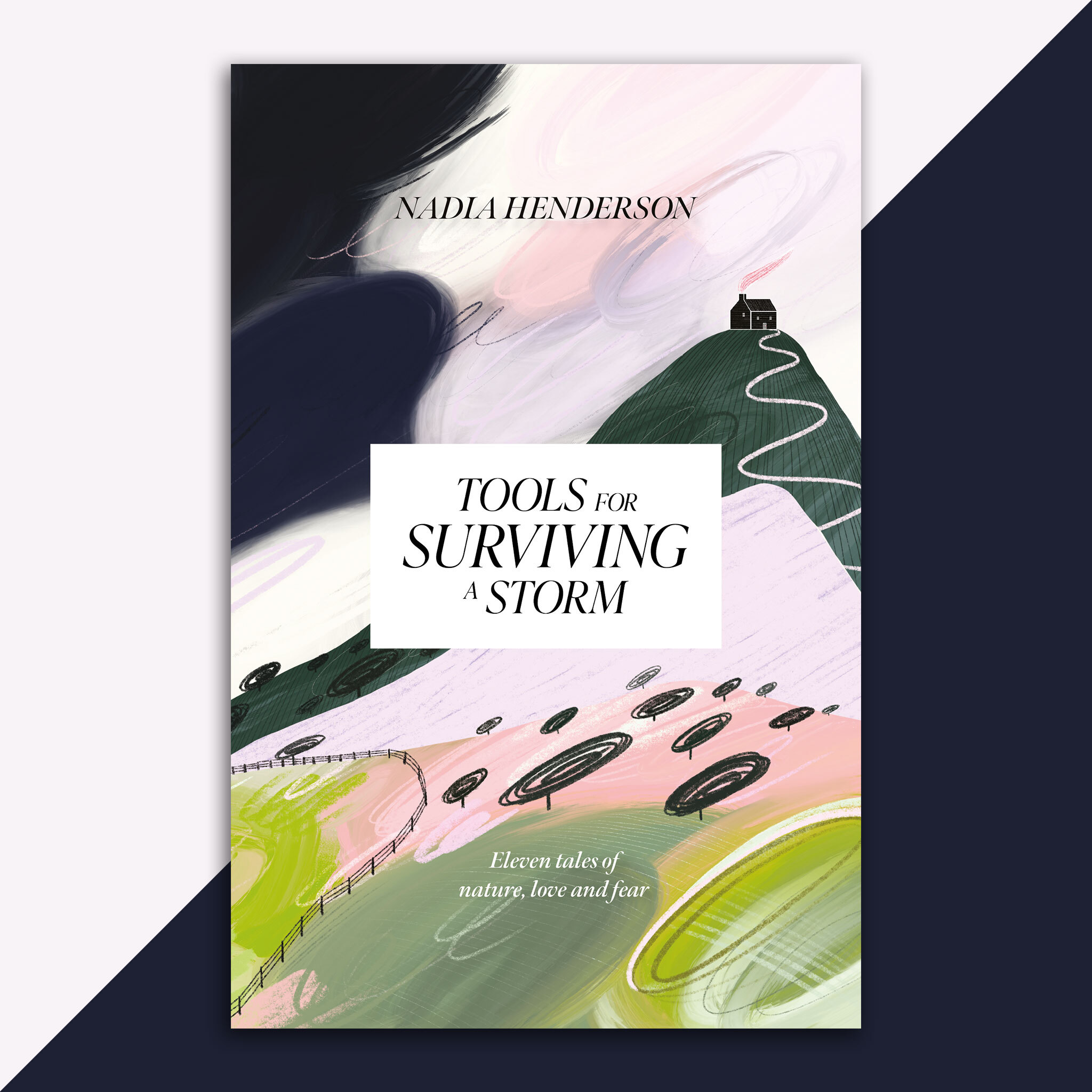WHERE IS HOME? | Sarah Tinsley searches out a slice of countryside hidden between the streets of London.
by Sarah Tinsley
There’s a little slice of countryside hidden between the humming roads of North London. A place where I can forget the sprawling city I live in. The Parkland Walk stretches from Finsbury Park all the way to Highgate. You can drop into it from many gateways along the route. An unassuming sign and an open fence and you step down into a peaceful space, a route between worlds. In some places it isn’t much more than a thin trail, others a broad avenue. All the way along it’s fringed with tall trees. Even without leaves, the sparse branches muffle the traffic. Wide scrubs of plants scramble up either bank – a scar of wilderness in the city. I took myself there last week when the cold concrete around me became too much.
Even though I’ve been here almost eight years, there are still times when London living grates. The commuter cattle heaving around the entrance to tube stations, the bald anonymity when I catch someone’s eye. Growing up in Cornwall, I was used to the streets being full of faces I knew. Kept on cobbles and curtailed by the sea, there weren’t many places for us to go. A simple walk to the shops could turn into a social event – unexpected, since these were the days before we could trace our friends through mobile phones. The streets felt friendly. It’s rare to feel a connection with people in London. Everyone is just too busy. Even on the Parkland Walk, hemmed in by trees, the city prevailed. Runners intent on their speed and mileage didn’t even glance my way, passing close to preserve energy. Dog walkers were shut off from the bird calls by chunky earphones, some chattering into phones, still tethered to the outside world. Was there no way to escape the city?
“You get the sense that, if it weren’t for regular clearings, this narrow walk would have been claimed years ago by green guardians.”
About halfway down, a leering figure called me back to my past. Almost three feet high, it peered at me from between railway arches. Its gnarled green fingers grasped the brick, ready to leap. It was The Spriggan. A sculpture created by a local artist, it was lovingly put up with the help of local people after a limited budget made its completion impossible. But what is it doing so far from home? A Spriggan is a Cornish fairy – renowned for their ability to change their size. It’s not a comforting thought that this beast could grow to eight feet tall, or scuttle around your feet. Not only that, the stories about them are mostly concerned with their thieving. Hardly a cheering sight when you want to get away from the bustle of the city. However, its presence is confirmation of the buds of nature still blooming in this capital city. Fairies only live in the wild, the green. The artist who created it wanted to reflect the permaculture of the place – a self-contained ecosystem. Despite its slim proportions, the Parkland Walk is a nature reserve, the longest one in London. Perhaps the presence of this cheeky sprite is a sign that I’m not so far from home after all.
Walking up towards Highgate is a further reminder that, despite our best intentions, nature will prevail over humanity’s efforts. The route takes you between abandoned platforms, your feet walking along the same lines that used to take rumbling trains. You can almost hear the bustle of passengers crowding either side of you, the rush of steam from the engines as they hissed into the station. You also feel the power of the earth. Ivy clusters underneath the overhang of the platforms. Brambles creep forwards, dangling their spiky arms in front of unsuspecting feet. You get the sense that, if it weren’t for regular clearings, this narrow walk would have been claimed years ago by green guardians. It makes the whoosh of the sea and the call of the gulls seem not so distant.
After all, the places that people cluster are only temporary. The crumbling remains of the castle perched on a cliff in Tintagel is a reminder that the grandest of human structures don’t last very long. London too, despite its sprawl, has thousands of metres of roots underneath it, ready to crack the ground beneath our feet the moment we move elsewhere. Perhaps the places our lives take us are more connected than they seem. The caw of crows heralding me to the abandoned arches at the top of the walk (which now house a multitude of bats) are not so different to the shouting gulls of my youth. People do look my way and smile at times, and there is something to be said for anonymity – rumours and gossip were just as virulent as friendships and trust in the small streets of the South West.
These are the places that make me love this city. Unlike Paris or LA, it’s impossible to walk far in London without finding a green space. The reservoirs near Seven Sisters, the wide sweep of Alexandra Palace, the river hiding behind houses in Stroud Green that will take you all the way down to Hackney on its watery banks. In the gaps between the grey is where I can find glimpses of a place to call home.
Sarah Tinsley | @saratinsleyuk | sarahtinsley.com
Sarah is a writer and teacher who lives in London. Prone to musing over gender issues and eating cheese, she has an MA in Creative Writing from City University and won the International Segora Short Story prize in 2016. Her short fiction, reviews and blogs have been published on a variety of platforms.






